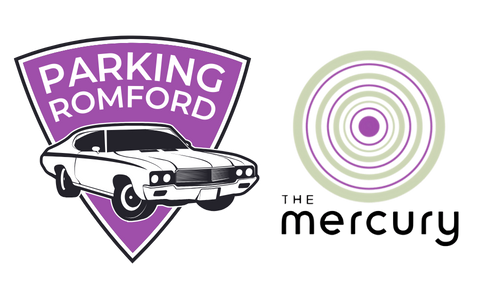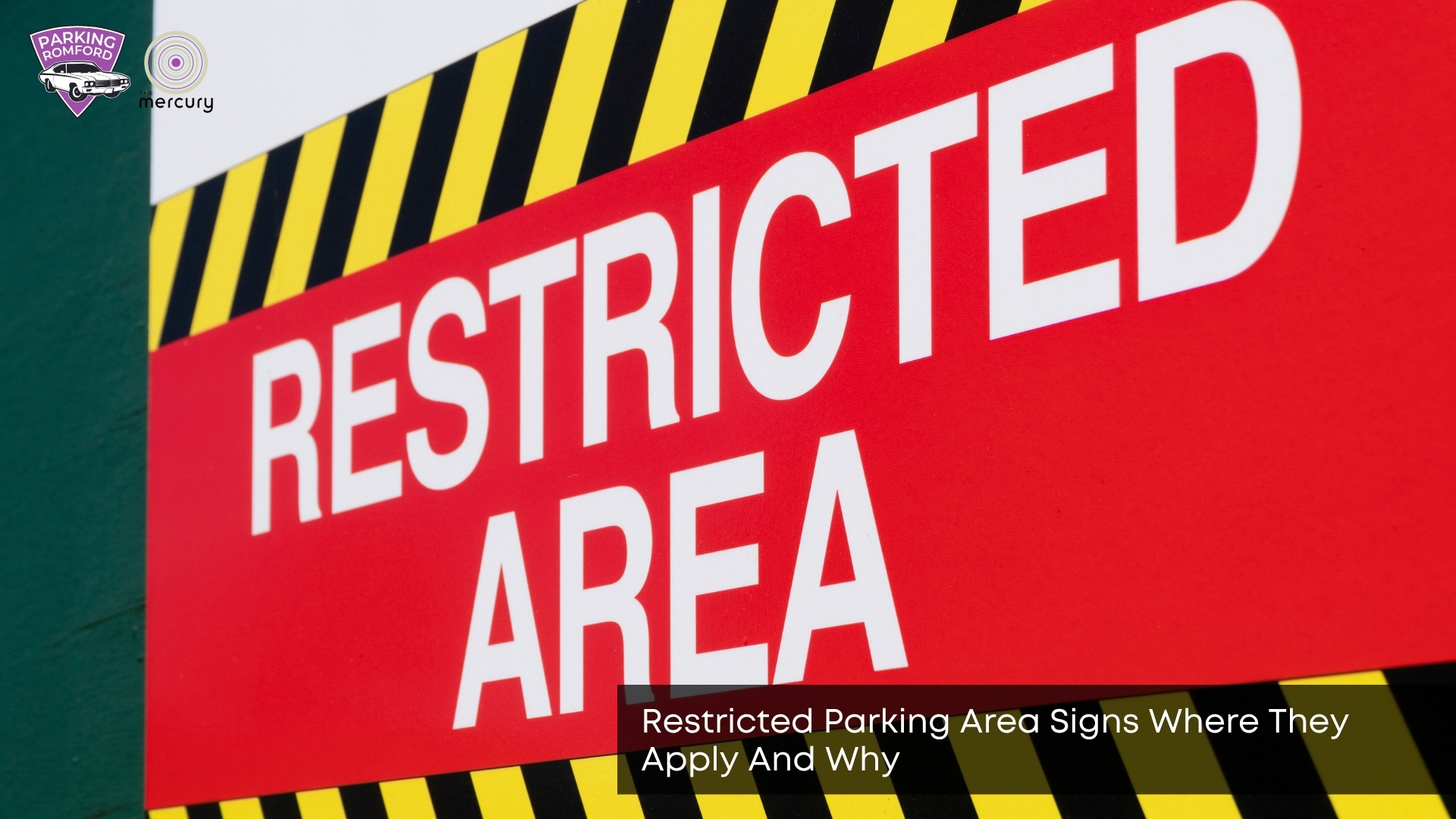Restricted parking area signs help drivers understand where and when they can park. These signs are found in areas where parking needs to be controlled to avoid congestion, maintain safety or give priority to certain users. Knowing what they mean and where they apply can save you from costly fines. This guide will explain their purpose in simple terms. Let’s start with what these signs mean.
What Do Restricted Parking Area Signs Mean?
Restricted parking area signs inform drivers that specific rules apply to parking in a designated zone. These signs often indicate time limits, permit-only parking, or full restrictions during specific hours. They are used to control who can park and for how long. Failing to comply may result in fines or the towing of your vehicle. To better understand the rules, it helps to examine where these signs are commonly used.
Where Are Restricted Parking Signs Usually Found?
You’ll often find restricted parking signs in city centres, near schools, in residential permit zones and around hospitals. These areas have high traffic or special parking needs, so restrictions are needed to keep order. Councils and property owners use signs to keep access clear for emergency vehicles, residents or deliveries. Public and private car parks may also use them to control long stays or unauthorised parking. As their use grows, knowing the different types becomes even more important.
What Types of Parking Restrictions Do These Signs Indicate?
Restricted parking area signs may indicate time-limited parking, pay-and-display zones, disabled bays, no parking areas, or resident permit-only zones. Some signs show specific days and hours when restrictions apply. Others ban parking entirely during peak hours or for street cleaning. Double yellow lines usually support the sign’s message. Because there are so many types, drivers must learn how to read them.
How Can You Read and Understand These Signs?
You can read parking restriction signs by looking for time frames, permit symbols and coloured markings. Read all parts of the sign carefully, including any small print. If a sign has arrows, it means the restriction applies to one side or section of the road. Always check nearby road markings to confirm. The better you understand the layout, the easier it becomes to know if payment is also involved.
Do Restricted Parking Signs Always Mean You Have to Pay?
Not always. Some restricted parking signs indicate time limits or are for resident use only and do not require payment. Others point to paid zones, especially in high-demand areas like town centres or near stations. If you see “pay and display” or mobile payment options, you’ll need to pay to park. The presence or absence of a machine nearby can give you a quick clue. Once you understand costs, the next concern is what happens if you get it wrong.
What Happens If You Ignore a Restricted Parking Sign?
If you ignore a restricted parking sign, you may receive a penalty charge notice (PCN) or have your car towed. Councils and private firms enforce these rules using wardens or camera systems. Fines can range from £30 to over £100, depending on location and time of payment. In some places, repeat offenders risk being clamped or facing court action. Avoiding these risks starts with understanding how enforcement works in practice.
Who Enforces Restricted Parking Zones?
Local councils usually enforce on-street restrictions through civil enforcement officers. In private car parks, the landowner or parking management firm oversees the rules. Some places use automatic number plate recognition (ANPR) to monitor entries and exits. These systems automatically issue fines when rules are broken. Because enforcement varies, it’s wise to also learn about common exceptions.
Are There Any Exceptions to Restricted Parking Rules?
Yes, there are exceptions such as blue badge holders, loading vehicles, emergency services, or marked delivery vans. These groups may be allowed to stop or park for a limited time even in restricted zones. However, most exceptions still require the correct display of a badge or permit, especially in short-stay parking zones where enforcement is tighter. It’s always best to check the sign itself and look for small text showing exceptions. For areas with enhanced security, restrictions may be part of a larger parking plan.
How Are These Signs Used in Private Car Parks?
In private car parks, restricted parking signs are used to enforce time limits, control staff and visitor parking, or manage bays for deliveries. These signs may include terms and conditions that drivers accept by entering. Cameras and barrier systems may track compliance. The signs help prevent misuse and ensure smooth operation. For this reason, car park managers must follow clear guidelines when installing them.
What Are the Design Rules for Restricted Parking Signs?
In the UK, most restricted parking signs follow the Traffic Signs Regulations and General Directions (TSRGD). They must be clear, readable, and placed at the correct height and spacing. Signs must match nearby road markings to avoid confusion. Incorrect or missing signs can be challenged if you get a fine. Once signs meet regulations, they serve a bigger role in local traffic flow.
Why Do Restricted Parking Areas Matter for Communities?
Restricted parking areas help reduce traffic, prevent blockages and ensure fair access for residents and local businesses. They discourage long-stay parkers in busy spots and help reduce pollution from cars circling for spaces. They also make roads safer for pedestrians and cyclists. Because of this, good signage is a small part of a larger parking strategy that benefits everyone. Local sites like Parking Romford help drivers better understand these strategies in practice.
How to Stay Informed and Park Legally Every Time
To avoid mistakes, always read signs carefully and check for nearby road markings. If in doubt, look for extra signs, nearby machines or ask a local warden. Using parking apps and websites can help you spot restricted areas in advance. With a little care, you can park legally and avoid fines. Knowing your rights and responsibilities means you’ll be ready wherever you go. You can also learn how to park an automatic car confidently in restricted areas and tight spaces.


Leave a Reply